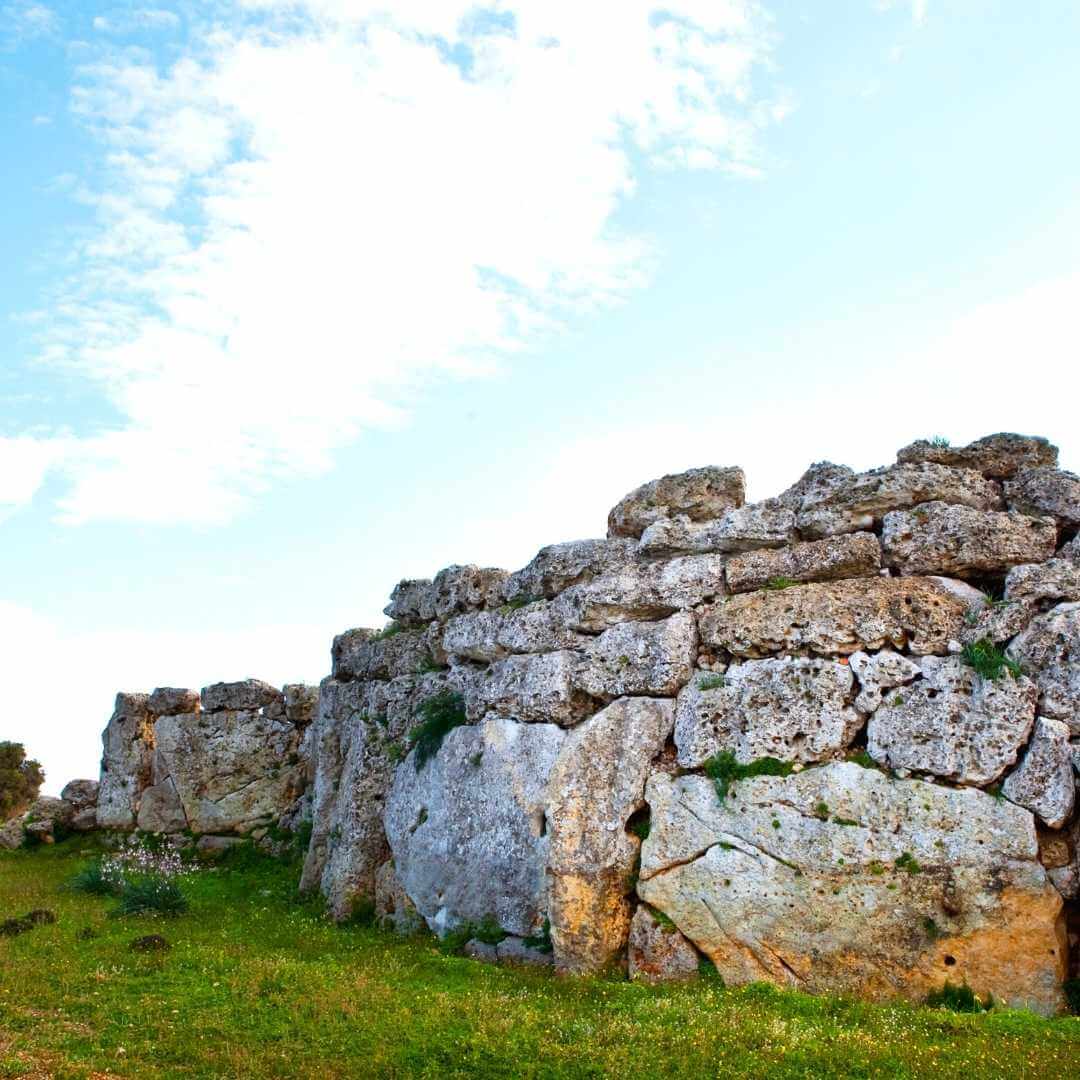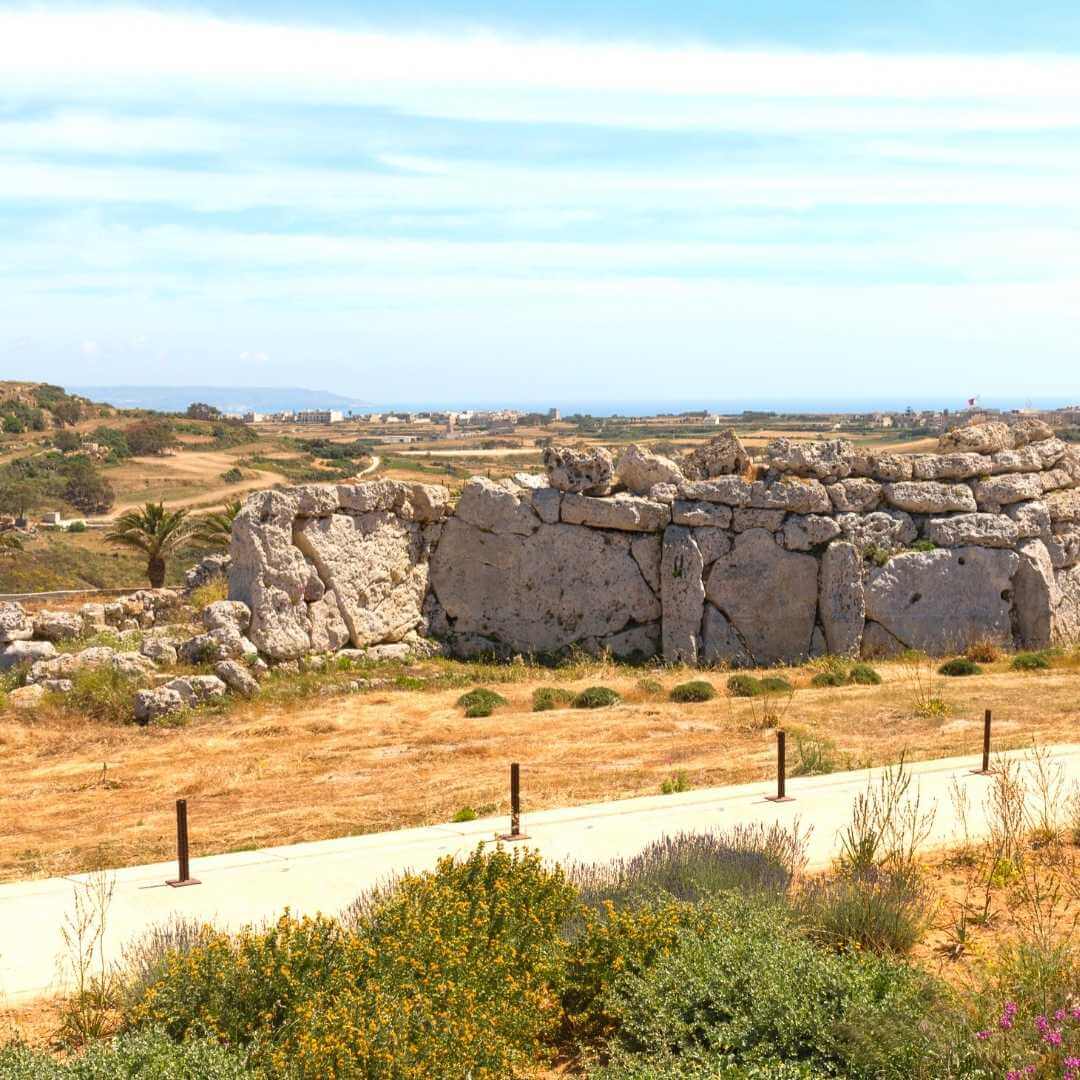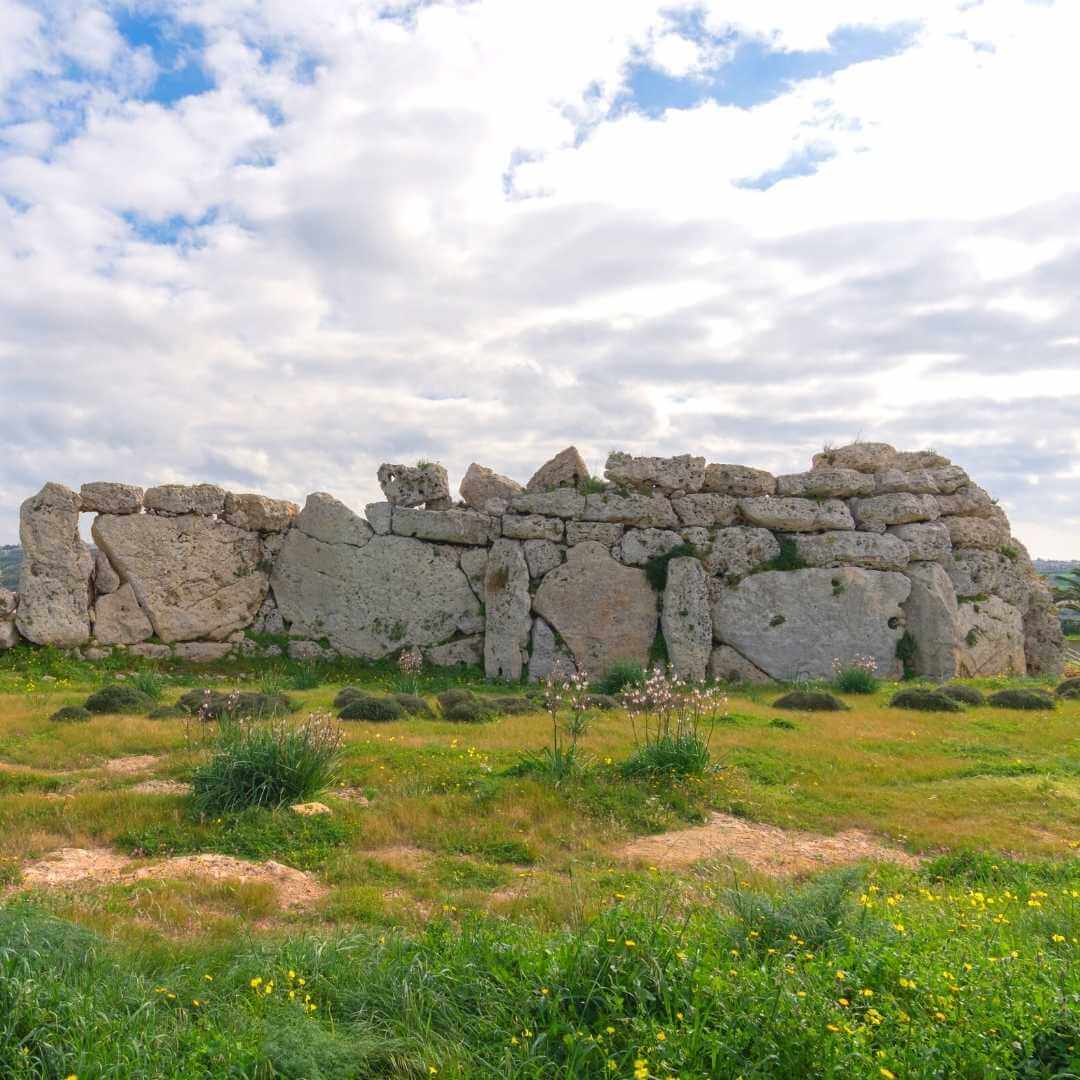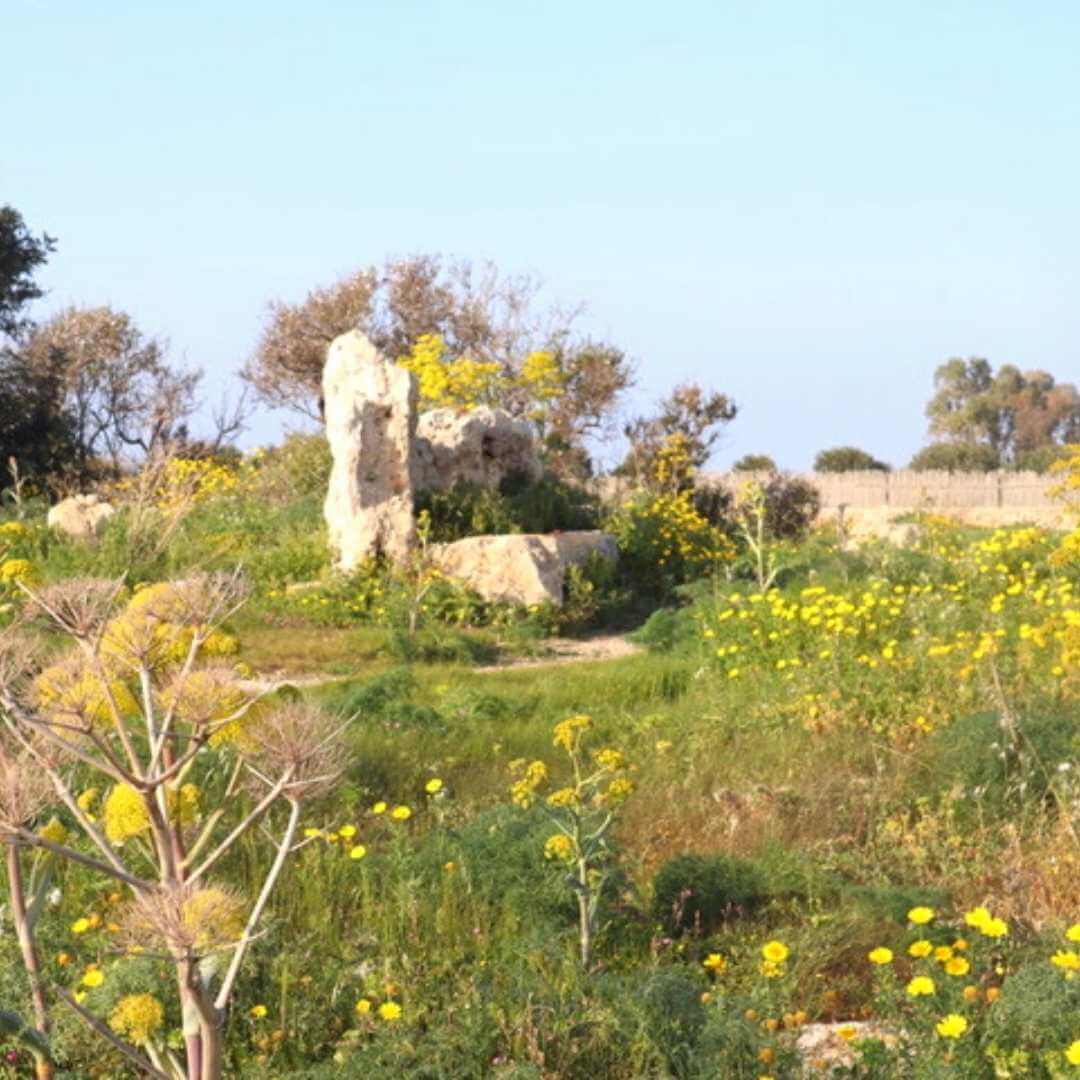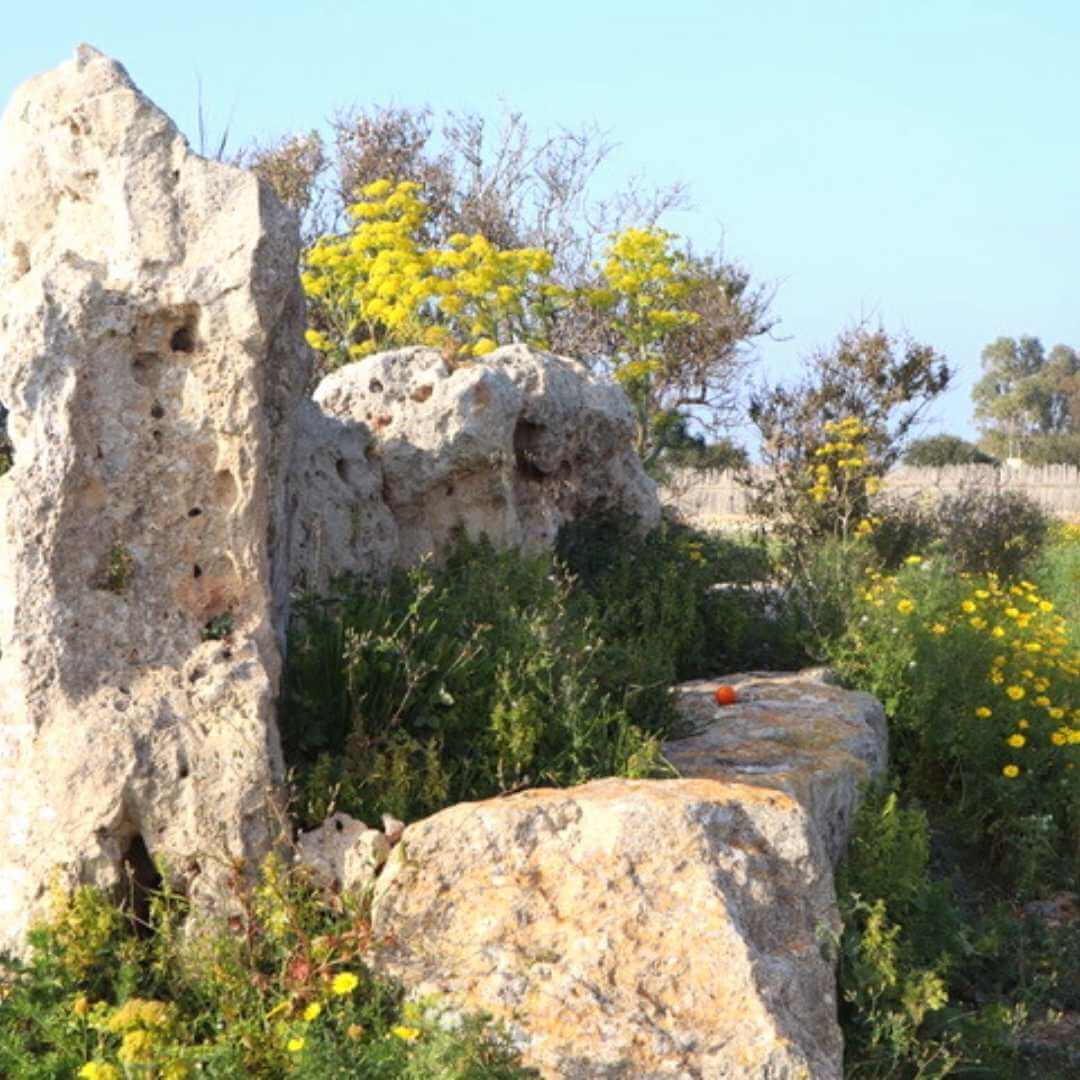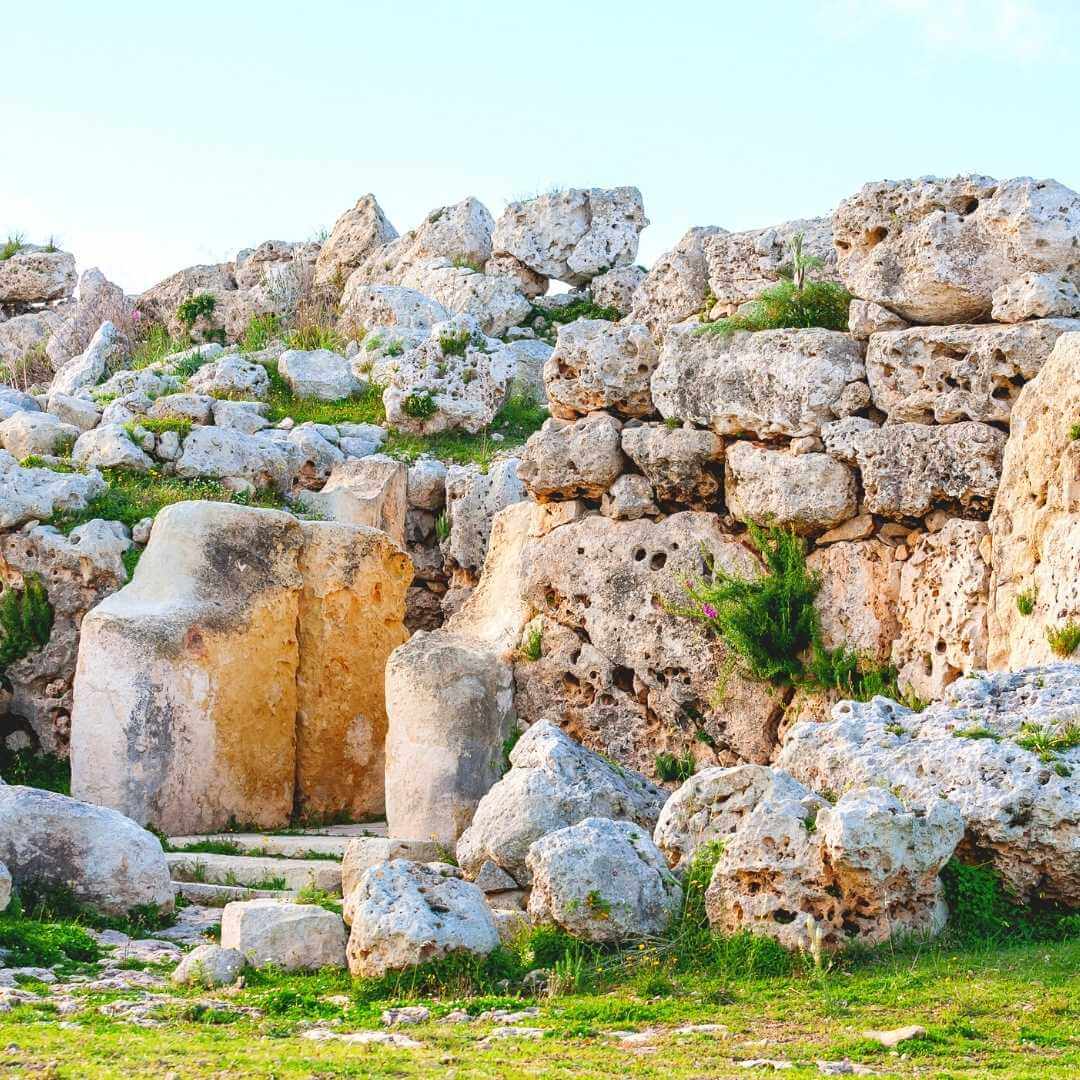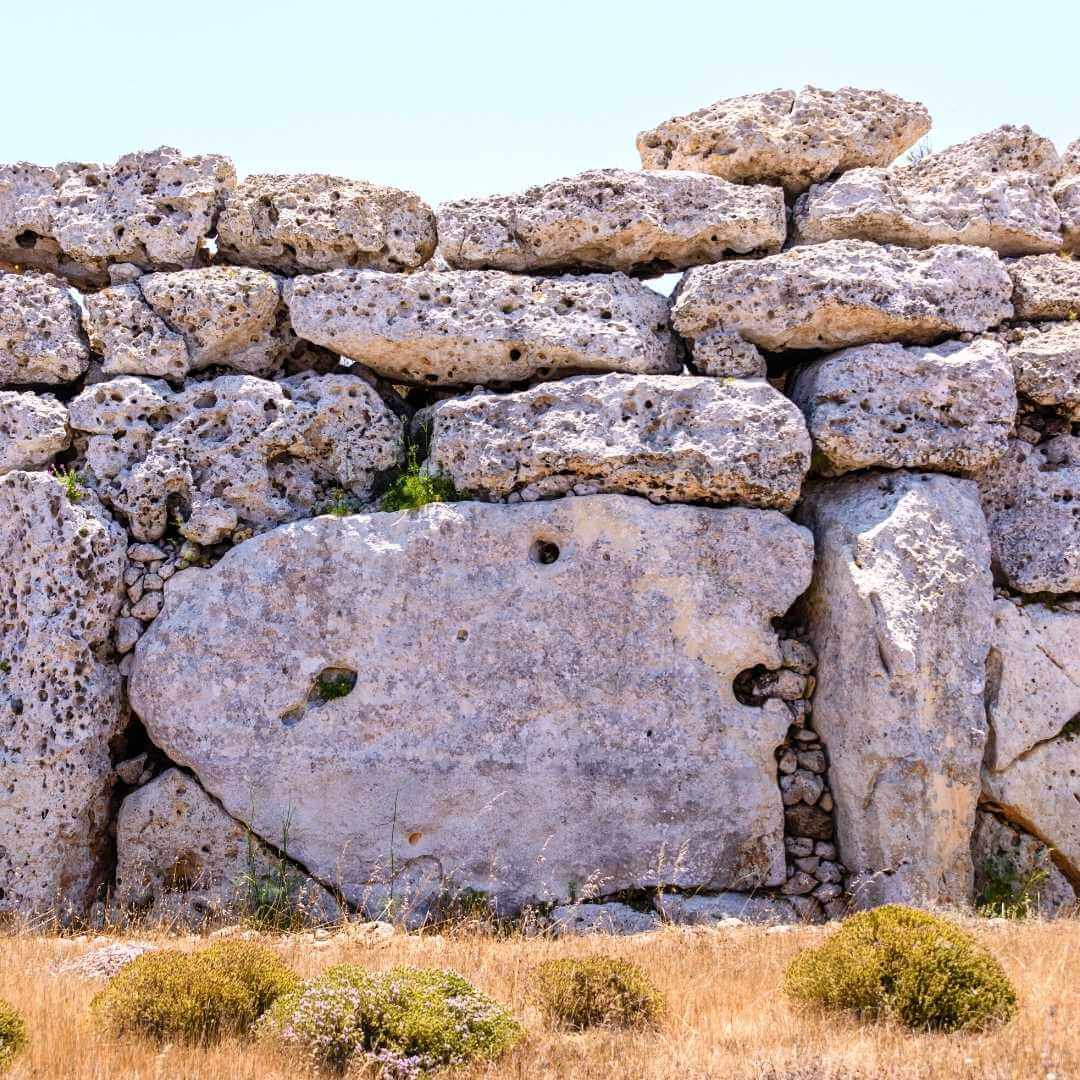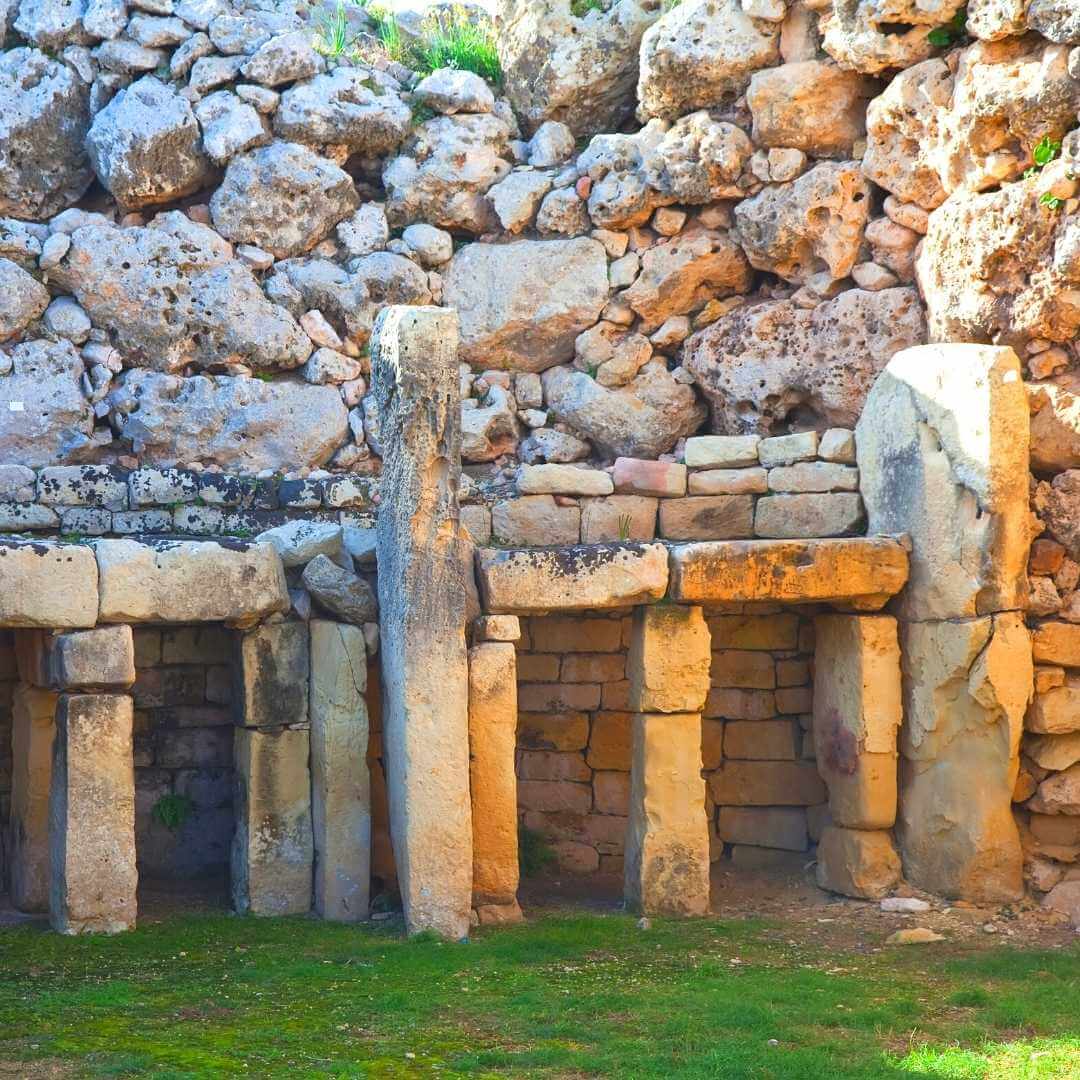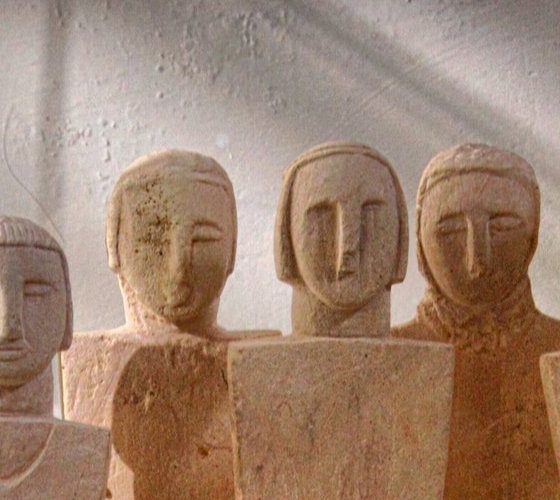Laura Tabone Debates The Myths, Mysteries And Legends Of Ancient Gozo.
Join Us and Discover the lesser-known Neolithic temples on Gozo.
More than five thousand years ago humans needed to spend nearly all their waking hours dedicated to survival-related tasks such as farming and tool-making. This was the Neolithic period or the new Stone Age. It was ancient Gozo. A time when hunter-gatherers had begun to develop a more settled lifestyle. Although this change in their daily routine finally afforded them a little spare energy to invest in areas unrelated to survival, the megaliths are still a monumental (excuse the pun) accomplishment. They would have required engineering skills and people organisation that is quite beyond what might be expected of these prehistoric settlers.
There is no proven connection between the temple culture of Malta and Gozo and other stone-obsessed societies but the similarities are fascinating, nonetheless. With talk of astronomical alignments and sacred landscapes, this period of history is mysterious and alluring. These prehistoric ancients went to tremendous efforts to move stones weighing tonnes and although there are many theories as to why they did this, there’s no ultimate explanation for it. Lay Researchers tend to skip a lot of the facts in favour of alien explanations or levitation!
“Travelling around the scenic villages and hillsides in Gozo, it’s hard to dismiss the idea that the ancient remnants of a golden age sit quietly waiting for the secrets of its past to be unlocked.”
Laura tabone, the megalith hunter
early gozo: xagħra
Some of Gozo’s megalithic structures and remains are better known than others and there may be more, which have as yet to be discovered. It’s tempting to see Xagħra, with its plateau full of interesting sites, as the epicentre. Starting on the eastern edge of the village is the UNESCO World Heritage site of Ġgantija. These atmospheric temples sit on an artificially constructed terrace, facing south-east and reach up to a height of eight metres in places. The sheer enormity of the remains makes them a stunning, yet somewhat eery sight. To the west of the complex, there are more megalithic blocks near the museum exit which may have belonged to a third temple.
UNESCO World Heritage Gozo
Across the street are yet more scattered standing stones surrounding the Għejżu cave where temple period pottery sherds have been found. These could have been part of another, long since decayed, megalithic structure. Further to the west is the Xagħra Circle, which although not open to the public, has become a famous and renowned site. This underground necropolis with temple-like features has produced some wonderfully incredible finds such as figurines and statuettes, not-to-mention the many skeletons which illustrate the diet and industry of these people.
As if that wasn’t enough, a few hundred metres to the west are the remains of the Santa Verna temple which sits in the middle of a field. It is thought to have once been a five-apse structure facing south-east, the same as the earliest temple at Ġgantija. Nowadays, overgrown with vegetation, it’s another silent testimony to a special period in Gozitan history, before writing existed but when prodigious feats of engineering were an absolute priority for a purpose unknown.
The FRAGSUS (Fragility and sustainability in small island environments: adaptation, culture change and collapse in prehistory) archaeological project, which took place in Malta and Gozo from 2013 to 2018, recently started to publish write-ups of its research and they are an absolute delight to read. It appears the temple people on Gozo didn’t eat seafood and there’s no obvious reason for that given the proximity of the sites to the sea. If marine molluscs were not their thing, they certainly didn’t shy away from land snails. There’s also a very scanty archaeological record between the end of the first Neolithic villages and the beginning of the temple building culture.
An Otherwordly Theory Extraterrestrials get a lot of credit. The immense megaliths that went up thousands of years ago across the Mediterranean and beyond are just some of their many illustrious achievements. In Gozo, these intergalactic travellers were very busy indeed, especially in Xagħra. Unfortunately, the archaeological record isn’t terribly supportive of the idea that the megalith builders were aliens, but it’s easy to see how this theory has captured the imagination.
early gozo: victoria
The domestic settlement of Taċ-Ċawla in Victoria appears to have been abandoned around one thousand years before the erection of the Ta’ Marżiena temple nearby. This could indicate population decline rather than decimation, but it might also mean the temple building culture was unrelated to the earlier Neolithic farmers. At Santa Verna, small figurines of snails were found hidden in the walls which are especially intriguing. Perhaps they were votive offerings made during the construction of the temple? Or maybe the ancients had a whole different reason for discarding these tiny objects?
Ritual feasting seems to have been an important part of the temple people’s lives. Since they were eating snails and carving stone versions of them, it is possible that these creatures were as much a part of their cult banquets as larger mammals. Now more than ever before, a lot is known about the ancient inhabitants of Gozo, but in many ways, they remain an enigma. Their world is tantalisingly close, but just beyond reach, which makes learning more about them a journey rather than a destination.
Intrigued to learn more about this mind-boggling era? Check out the MegalithHunter’s Website, Instagram, and Facebook
Author and Images: Laura Tabone

Meet Laura Tabone. After years in business, Laura pursued her passion and fascination with the megalith builders of the Neolithic and undertook a Master of Arts in Mediterranean Studies from the University of Malta. She is now an independent, lay researcher and takes as much information as she can from academic papers to explore, debate, and try to shed light on the mysteries of prehistoric times. Laura’s dream is to find undiscovered megaliths while exploring the globe as the MegalithHunter.
References
Malone, C., Grima R., McLaughlin, R., Parkinson, E. W., Stoddart, S., & Vella, N., 2020. Temple Places: Excavating cultural sustainability in prehistoric Malta. (FRAGSUS: Fragility and Sustainability in the Restricted Island Environments of Malta Volume 2). Cambridge: McDonald Institute for Archaeological Research.


